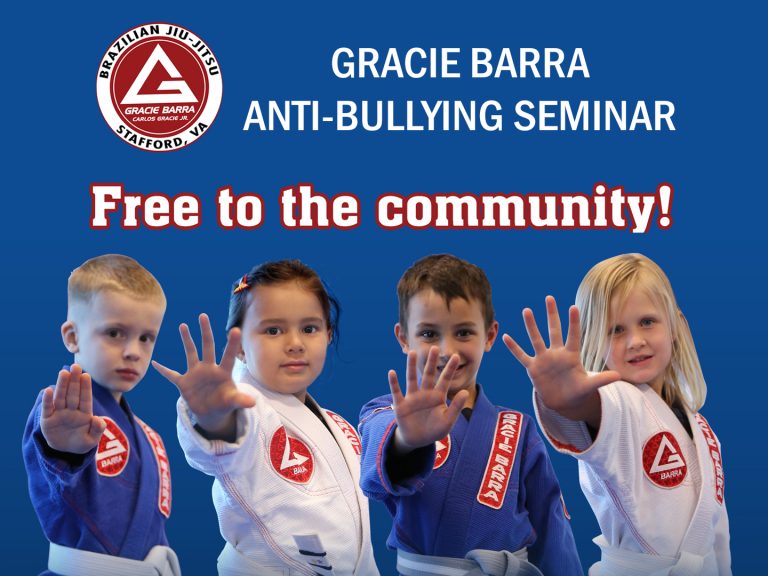
Demonstrate positive interest and involvement in your students.

Peer mediation is not appropriate in bullying. Bullying is peer abuse and needs to be reported and treated as such. Peer mediation may be appropriate in conflict situations. Conflict resolution strategies can be employed to find common ground when both parties have a vested interest in resolving the conflict. It is not bullying when two or more kids with no perceived power imbalance, fight, have an argument or disagree. All parties involved have some responsibility for the encounter. A conflict is a disagreement or antagonism between two or more people.

Bullying is not.Ĭonflict is not Bullying. "Trait or characteristic of the student" includes but is not limited to age, color, creed, national origin, race, religion, marital status, sex, sexual orientation, gender identity, physical attributes, physical or mental ability or disability, ancestry, political party preference, political belief, socioeconomic status, or familial status. There are 17 protected traits or characteristics in the law.

Has a substantially detrimental effect on the student's physical or mental health.Places the student in reasonable fear of harm to the student's person or property.
#Joining hands against bullying code
Harassment and bullying are defined in Iowa Code 280.28 as: Any electronic, written, verbal, or physical act or conduct toward a student which is based on any actual or perceived trait or characteristic of the student and which creates an objectively hostile school environment that meets one or more of the following conditions: Physical bullying - hurting a person’s body or possessions Telling other children not to be friends with someone.Social bullying (Relational bullying) - hurting someone’s reputation or relationships Types of Bullying - Taken from Verbal - speaking or writing mean things Repetition: Bullying behaviors happen more than once or have the potential to happen more than once.Power imbalances can change over time and in different situations, even if they involve the same people. An Imbalance of Power: Kids who bully use their power-such as physical strength, access to embarrassing information, or popularity-to control or harm others.

In order to be considered bullying, the behavior must be aggressive and include: The behavior is repeated, or has the potential to be repeated, over time. Bullying is unwanted, aggressive behavior among school-aged children that involves a real or perceived power imbalance.


 0 kommentar(er)
0 kommentar(er)
